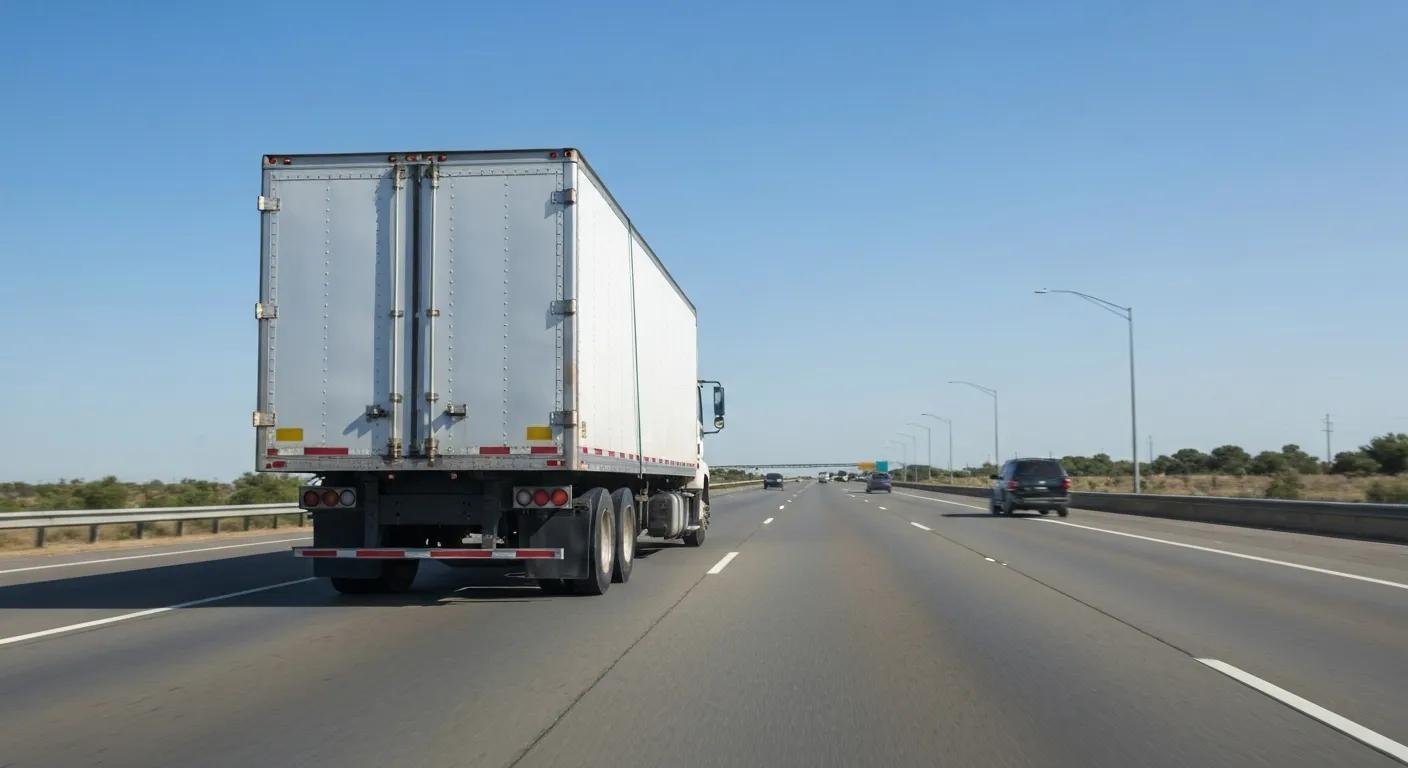Understanding Costs for Long-Distance Moves

Understanding Costs for Long-Distance Moves: Average Prices, Key Factors, and Budgeting Tips
Long-distance moves often exceed 100 miles and can cost thousands of dollars, making clear budgeting for long distance moves essential to reduce financial stress and avoid surprises. This guide defines average long-distance moving costs, examines the key factors—from home size and weight to seasonality and services—and lays out smart budgeting strategies. It also highlights hidden fees and shows how a moving cost calculator turns estimates into actionable budgets. Readers will finish with a clear plan for estimating expenses, comparing service options, and securing accurate quotes.
What Are the Average Long-Distance Moving Costs?
Long-distance moving costs refer to the total price paid for transporting household goods over significant distances, combining transportation fees, labor charges, and basic services to give movers a reliable budget range.
A quick overview shows that average long-distance moves range between $2,417 and $6,863 depending on length and scope. These figures help set expectations before delving into specific cost drivers.
How Do Moving Costs Vary by Home Size and Distance?
Costs vary based on home size and miles traveled because transportation fees scale with volume and labor requirements adjust to distance. The table below shows typical ranges:
These cost ranges clarify why distance and home size matter and set the stage for national averages in cross-country moves.
What Is the Typical Price Range for Cross-Country Moves?

Cross-country moves usually cover 1,500 to 3,000 miles, with national averages from $4,600 up to $15,000. Longer hauls increase fuel costs and require more driver hours, while logistical complexity—like multi-state regulations—can add premium surcharges. Understanding this range helps planners prepare for potential extremes when relocating coast to coast.
Analysis of Cross-Country Moving Costs and Key Determinants
Studies on long-distance moving reveal that cross-country moves can average between $4,600 and $9,593, with full-service options being more expensive than partial-service. The primary cost drivers include the distance of the move, the total weight and volume of belongings, and the level of service selected. Seasonal demand also plays a significant role, with summer months typically incurring higher costs.
This research directly supports the article’s claims regarding average long-distance and cross-country moving costs, as well as the influence of home size, distance, and seasonality on pricing.
How Do Packing, Insurance, and Storage Affect Total Costs?
Additional services such as professional packing, valuation insurance, and temporary storage influence total expenses by adding fees based on service level and duration.
- Professional packing can add $200–$1,200 depending on volume.
- Insurance premiums range from 1% to 3% of declared value.
- Storage solutions cost $50–$300 per month.
Combining these options tailors protection and flexibility—key for safeguarding belongings when timelines shift.
What Factors Affect Long-Distance Moving Prices?
Multiple factors influence moving costs by defining labor needs, transportation complexity, and risk management, enabling customers to forecast expenses accurately.
- Distance: Drives fuel and mileage-based fees.
- Volume and Weight: Determines labor hours and equipment requirements.
- Seasonality: Peak summer and month-end dates raise rates.
- Service Level: Full-service, DIY, or container options carry different cost structures.
- Accessibility: Long carries, stairs, or remote locations add surcharges.
These elements collectively shape final quotes and inform a tailored budgeting approach.
How Does Distance Influence Moving Costs?
Distance influences moving costs because mileage fees and fuel surcharges increase with every additional mile, ensuring pricing reflects operational expenses. Recognizing that longer routes often require more driver shifts helps movers anticipate higher budgets for extended relocations.
Why Does the Weight and Volume of Belongings Matter?
Weight and volume matter because trucks charge by cubic feet and weight brackets, affecting labor costs for loading and unloading. Lighter loads reduce fuel consumption and labor time, which directly lowers the bottom-line expense.
How Does the Time of Year Affect Moving Prices?
Seasonal timing affects moving prices because peak months (May–September) and end-of-month slots see heightened demand and premium rates up to 10% higher. Off-peak scheduling—such as mid-winter or mid-month—can yield significant discounts and greater availability.
What Role Do Moving Services and Accessibility Play?
Moving services and accessibility drive costs by dictating required manpower, equipment, and specialized handling to ensure safe transport. Full-service providers handle everything from packing to setup, while container rentals and truck hires offer DIY flexibility.
Local providers such as Movers Boston offer both residential and long-distance moving solutions, helping customers match accessibility constraints—like stair fees or narrow driveways—with the right service level.
How Can You Budget Effectively for a Cross-Country Move?

Effective cross-country moving budgets combine accurate estimates of core costs, add allowances for extras, and adjust for savings opportunities to minimize overages.
What Are Smart Strategies to Save Money on Long-Distance Moves?
Smart cost-saving strategies include decluttering unwanted items before the move, packing belongings yourself with free or recycled materials, and scheduling your move during off-peak windows.
These approaches reduce shipment size and help you leverage lower seasonal rates for more cost-effective relocations.
How Do You Create a Detailed Moving Budget?
A detailed moving budget emerges from listing all expense categories, assigning estimates, and tracking actual costs:
- Inventory Items: Record volume and weight for quotes.
- Service Quotes: Compare rates for full-service, container, and truck rentals.
- Additional Fees: Factor in insurance, packing supplies, and storage.
- Contingency Buffer: Reserve 10–15% for unplanned charges.
This step-by-step process ensures transparent tracking and prevents surprises.
Why Is Getting Multiple Quotes Important?
Getting multiple quotes improves budget accuracy by revealing price variances among providers, enabling negotiation and selection of the best value. Comparing at least three detailed offers sharpens cost-benefit analysis and minimizes risk of hidden fees.
What Hidden Fees Should You Watch Out For in Long-Distance Moves?
Hidden fees encompass extra charges beyond base quotes, and spotting them early prevents unexpected budget overruns.
What Are Common Hidden Moving Fees and Surcharges?
Common surcharges include shuttle fees for restricted-access trucks, long carry fees when items must be carried far from the vehicle, stair fees for multiple flights, and fuel surcharges tied to market rates.
Each fee type reflects real operational costs and underscores the need for thorough quote reviews.
How Can You Avoid or Reduce Unexpected Moving Costs?
Avoid extra fees by requesting all potential surcharges in writing, measuring access points before booking, consolidating shipments to minimize shuttle use, and negotiating flat-rate bundles that cap variable charges.
Strategies for Budgeting and Mitigating Unexpected Long-Distance Moving Costs
Effective budgeting for long-distance moves should include a 10-15% contingency buffer to cover unforeseen expenses. Movers frequently apply additional charges, such as shuttle fees for restricted access, long carry fees for extended distances from the vehicle, and stair fees for multiple flights, all of which are influenced by the logistical complexity of the relocation.
This information provides practical budgeting advice, including the recommendation for a contingency fund, and highlights common hidden fees that movers should anticipate, aligning with the article’s budgeting tips and warnings about surcharges.
How Does a Long-Distance Moving Cost Calculator Help You Plan?
A moving cost calculator synthesizes variables—home size, distance, services, and special items—into a personalized estimate that guides budget decisions with precision.
By translating complex factors into dollar figures, calculators enable actionable planning without manual interpolation of rates and surcharges.
What Inputs Affect Your Personalized Moving Cost Estimate?
Key calculator inputs include home size (number of rooms), distance between origin and destination, selected service level, weight of specialty items (pianos, antiques), and desired insurance coverage.
Accurate inputs yield reliable budgets, making it easier to compare provider quotes and adjust service choices.
How to Use a Moving Cost Calculator for Accurate Budgeting?
- Enter your exact move distance in miles.
- Specify home size or total cubic feet being moved.
- Select additional services: packing, insurance, storage.
- Review the breakdown by category and adjust inputs if needed.
This method ensures your budget aligns with real-world moving costs and avoids guesswork.
Proactive planning and clear estimates transform a complex long-distance relocation into a manageable financial roadmap, ensuring smoother transitions and peace of mind.


